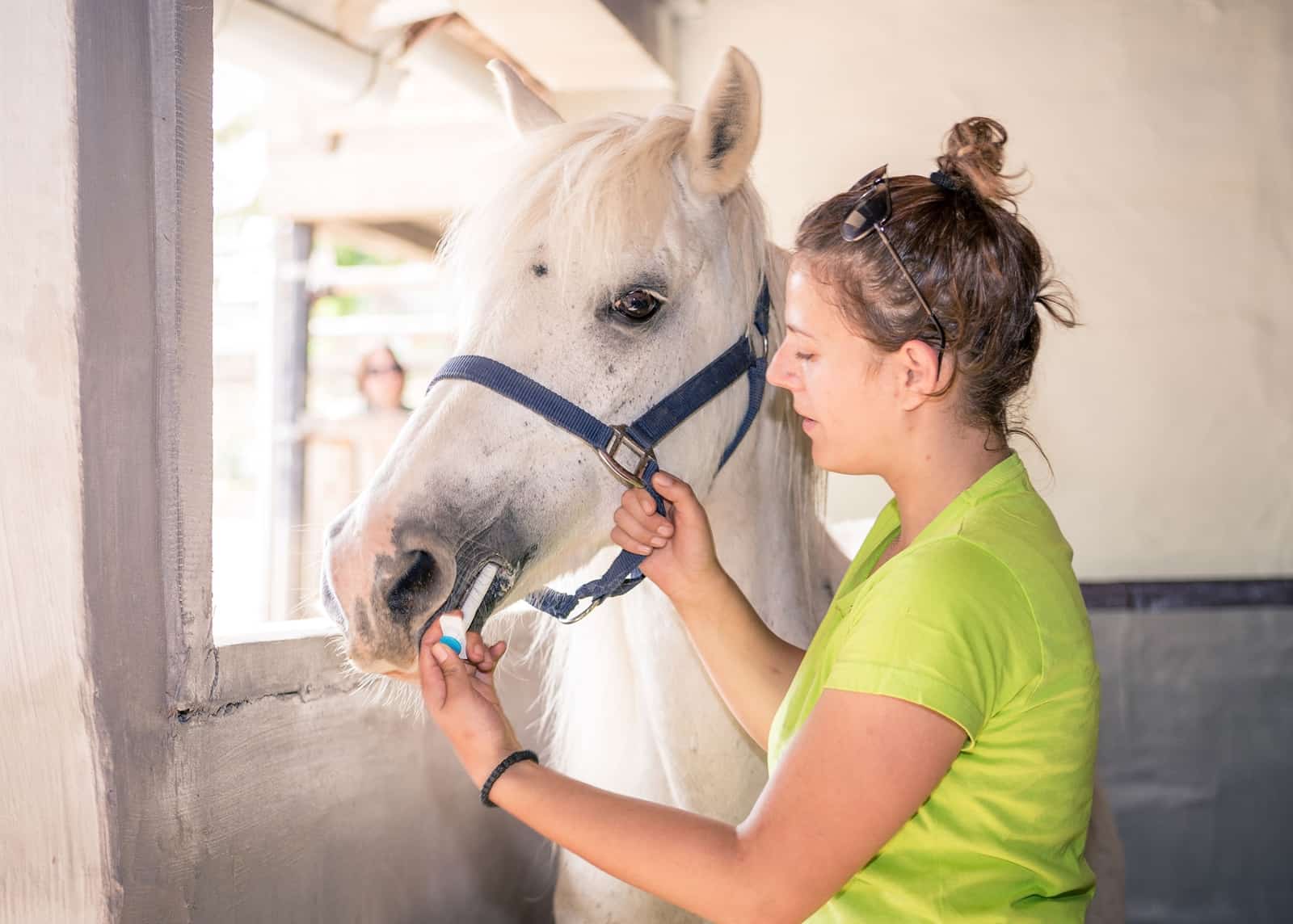Bute vs. Firocoxib: Which NSAID Results in More Severe Gastric Ulcers?

Non-steroidal anti-inflammatory drugs (NSAIDs) are the second-most frequently used drug class in horses after dewormers. Veterinarians prescribe them for a wide range of issues ranging from post-surgical recovery to orthopedic issues. While they’re invaluable for managing horses’ pain, one of their side effects is gastric ulcers.
A group of researchers from Texas A&M University recently compared two types of NSAIDs’ effects on gastric ulceration in horses. Lauren M. Richardson, DVM, a resident in large animal surgery at the College of Veterinary Medicine and Biomedical Sciences, presented their findings at the 2017 American Association of Equine Practitioners convention, held Nov. 17-21 in San Antonio, Texas.
But first, let’s review how NSAIDs work
Create a free account with TheHorse.com to view this content.
TheHorse.com is home to thousands of free articles about horse health care. In order to access some of our exclusive free content, you must be signed into TheHorse.com.
Start your free account today!
Already have an account?
and continue reading.

Written by:
Clair Thunes, PhD
Related Articles
Stay on top of the most recent Horse Health news with















